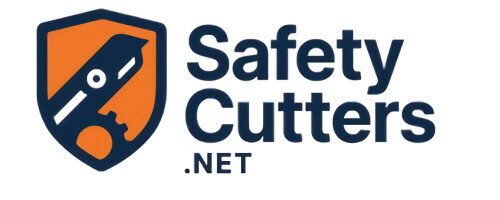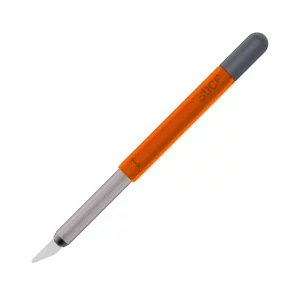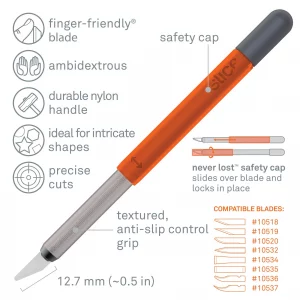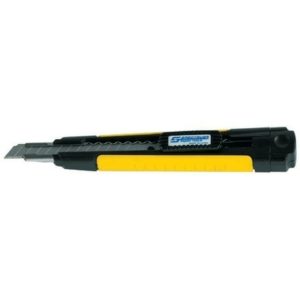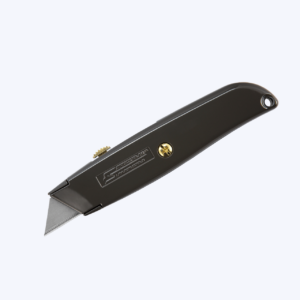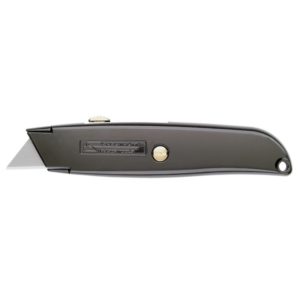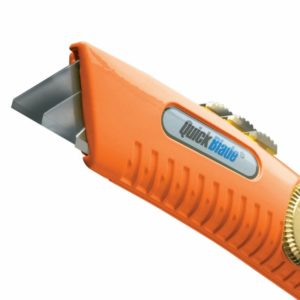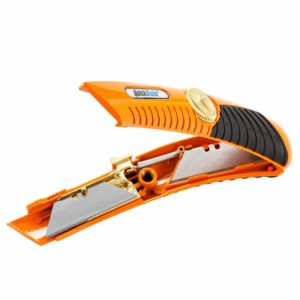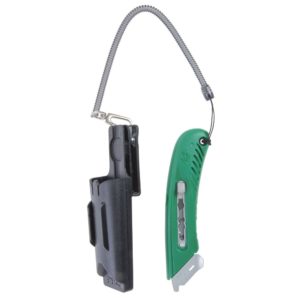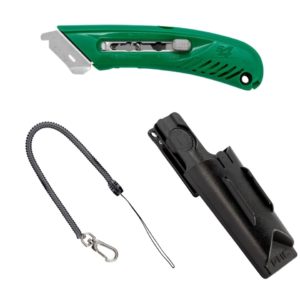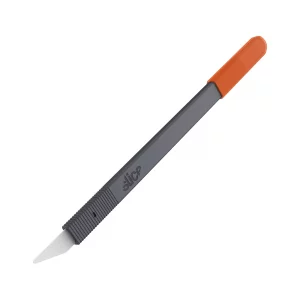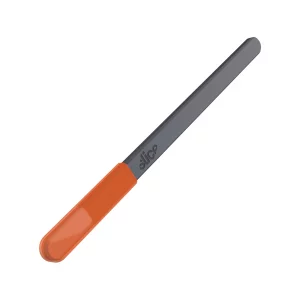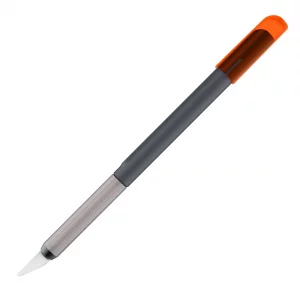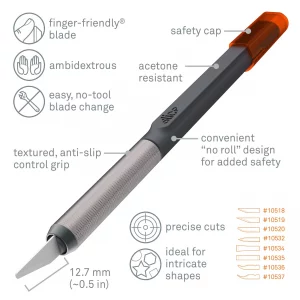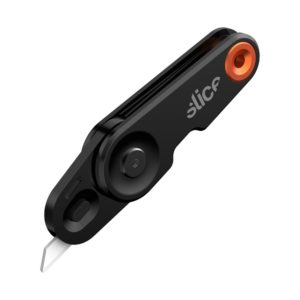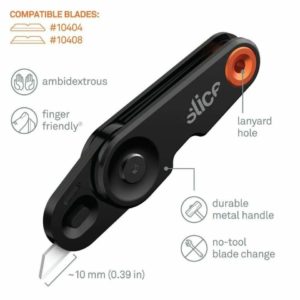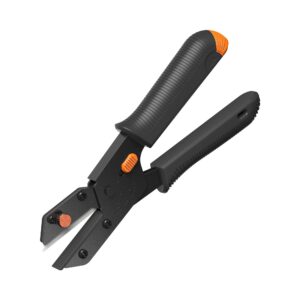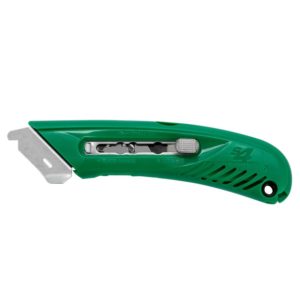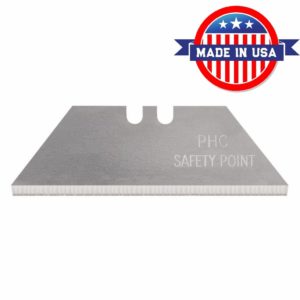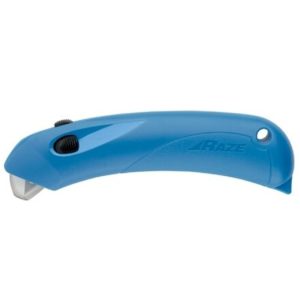
When considering the appropriate tools for flooring tasks, the debate between carpet knife vs utility knife emerges as a critical decision for professionals and DIY enthusiasts alike. Carpet knives, defined by their sharp, pointed blades ideal for soft flooring materials, contrast with the broader versatility of utility knives, which can address a myriad of cutting tasks. These differences in blade design and the intended application highlight the importance of selecting the right tool for specific projects, ensuring both efficiency and precision in execution.
Delving deeper, the key distinctions between a carpet knife and a utility knife extend beyond just the blade. They encompass handle construction, application scope, and safety considerations, each aspect tailored to the unique demands of their respective uses. This comparison not only sheds light on the technical specifications of each knife but also emphasizes the importance of understanding these tools’ designed purposes to optimize work safety and effectiveness. By examining these factors, users can make an informed decision, enhancing project outcomes while ensuring a safer working environment.
Recommended Knives
Understanding Carpet Knives
Carpet knives, meticulously engineered for precision in soft flooring tasks, present a unique array of features tailored to meet the demands of carpet and other soft material cutting. These tools are distinguished by their blade design, handle ergonomics, and specialized applications, setting them apart from their utility knife counterparts.
Blade Design:
- Variety: Carpet knives can possess straight, square, concave, or hooked blades, each designed to tackle different aspects of carpet cutting with precision and ease.
- Sharpness: The blades are notably sharper than those found on utility knives, often double-sided to enhance cutting efficiency and longevity.
- Specialized Models: Noteworthy examples include the Dolphin Knife and the Robert’s Carpet Knife, which are revered for their flooring adaptability and dual-functionality, respectively.
Handle Design: - Angled Handles: Many carpet knives feature an angled handle, facilitating easier cutting alongside floors and skirting, thereby reducing user fatigue.
- Ergonomic Features: Models like the Janser Dolphin Knife boast contoured bodies for a comfortable grip, further augmented by features such as blade retraction wheels and spare blade storage for convenience and safety.
Versatility in Applications: - Carpet knives excel in cutting not only carpets but also lightweight ceiling tiles, drywall panels, and leather, showcasing their versatility beyond mere carpet cutting tasks.
- Key considerations when selecting a carpet knife include the blade change mechanism, body style, and the presence of a hook handle, each aspect contributing to the tool’s functionality and user safety.
This concise overview underscores the specialized nature of carpet knives, designed with precision, safety, and ease of use in mind, making them indispensable tools in the arsenal of flooring professionals and enthusiasts alike.
Recommended Knives
- Rated 5.00 out of 5This product has multiple variants. The options may be chosen on the product page
$15.99Original price was: $15.99.$14.99Current price is: $14.99.
Versatility and Application Scope
The versatility and application scope of carpet knives and utility knives reveal significant differences in their design and intended use, highlighting the importance of selecting the appropriate tool for specific tasks:
- Carpet Knives: Specialized Use
- Not universally adaptable as utility knives, indicating their specialized design for specific tasks.
- The Olfa Extended Depth Carpet Knife exemplifies this specialization, adept at cutting through a variety of thick materials such as carpet, linoleum, rubber, drywall, and roofing, showcasing its versatility within its intended scope.
- Utility Knives: Broad Application
- While carpet knives have their niche, utility knives do not face such limitations in application, capable of addressing a broader range of materials and tasks.
- Noteworthy Models and Recognition
- The Dolphin Knife, a top-selling product at Floormart, is celebrated globally as one of the finest carpet fitters’ knives, underscoring its esteemed position in the flooring industry.
This comparison elucidates the distinct roles that carpet knives and utility knives play in both professional and DIY contexts, guiding users towards making informed decisions based on the specific requirements of their projects.
- The Dolphin Knife, a top-selling product at Floormart, is celebrated globally as one of the finest carpet fitters’ knives, underscoring its esteemed position in the flooring industry.
Safety Features and Considerations
Safety features in carpet knives and utility knives are paramount for ensuring user protection during cutting tasks. These features are designed to minimize the risk of accidents and enhance the overall safety of the tool. Here’s a detailed breakdown:
- Common Safety Features:
- Retractable Blade Mechanism: Allows the blade to retract into the handle when not in use, reducing the risk of accidental cuts.
- Non-Slip Grip: Ensures the knife remains steady in hand, even in wet or slippery conditions.
- Blade Guard: Provides an additional layer of protection between the blade and the user, further minimizing the risk of injury.
- Specific Safety Innovations in Slice Knives:
- Finger-Friendly® Blades: A proprietary grind makes these blades safe to touch without sacrificing cutting effectiveness.
- Minimal Blade Exposure: The Slice 10585 Manual Carton Cutter, for instance, reveals only a small portion of the blade, ideal for cutting thinner materials safely.
- Safety Scissors: Equipped with proprietary safety blades, these scissors can handle a variety of materials, from paper to Kevlar-reinforced fabric, without compromising on safety.
- Enhanced Safety Through Design:
- Slice 10562 Folding Utility Knife: Features a metal handle with a finger loop for improved control and a belt clip for easy access and portability.
- Auto- and Manual Retraction Options: Available in Slice long-blade industrial knives, offering flexibility in safety features based on user preference.
These safety features and considerations underscore the commitment to user safety by manufacturers of both carpet knives and utility knives. By incorporating advanced safety mechanisms and ergonomic designs, these tools not only fulfill their functional purposes but also ensure a safer working environment for their users.
Conclusion
Through this exploration of carpet knives and utility knives, we’ve uncovered the nuanced differences and unique attributes that make each tool indispensable in its respective domain. Whether it’s the precision and ergonomic design of carpet knives tailored for soft flooring tasks or the versatility and broad application scope of utility knives, understanding these distinctions is crucial for selecting the right tool for your project. This knowledge ensures not only the effectiveness and efficiency of your work but also underscores the importance of user safety with features designed to minimize risk.
Moreover, the broader implications of choosing the correct knife go beyond mere task completion—they play a pivotal role in ensuring a safer working environment and enhancing overall project outcomes. For those looking to expand their toolkit with versatile, safe, and efficient cutting solutions, exploring product offerings and choosing the right utility knives become imperative steps towards achieving professional and DIY project excellence. For a comprehensive range of options that cater to various needs, Shop Utility Knives at HarmonyCR.com, ensuring you have the right tool at your fingertips for any task at hand.
FAQs
What distinguishes a carpet knife from a utility knife?
A carpet knife features a square blade that is less prone to breaking compared to the pointed, triangular blade of a utility knife. This design reduces the risk of cutting too deeply and potentially damaging underlying surfaces. Additionally, carpet knife blades are double-sided, enhancing their durability and functionality.
Is it possible to use a utility knife for carpet cutting?
Yes, you can certainly use a utility knife to cut carpet. Although there are specialized tools for this task, a standard utility knife can be very effective. Sarah Fogle, a DIY Home Improvement Specialist and the founder of Ugly Duckling House, also mentions the use of safety knives for cutting carpet.
In what ways does a utility knife stand out?
A utility knife is designed as a versatile tool for cutting materials such as fibers or those that resemble wood, making it distinct from a pocket knife. While a pocket knife is a form of utility knife often equipped with a spring-loaded blade for self-defense, it can also serve various practical purposes.
What is a breakaway utility knife?
A breakaway utility knife, also known as a snap-off knife, features a retractable blade that can be easily snapped off to expose a new, sharp edge. These knives are particularly useful in warehouse settings where a safe and efficient means of maintaining a sharp cutting edge is required, eliminating the need for blade replacements.
Innovative Features in Today’s Safety Cutters
Explore the many benefits of purchasing utility knives in bulk—from significant cost savings and enhanced workflow to environmental sustainability. This guide covers everything from the types of knives, essential buying tips, top brands, and effective usage strategies to safety practices and maintenance advice, helping you make the most informed decision at SafetyCutters.net.
The Ultimate Guide to Buying Bulk Utility Knives
Explore the many benefits of purchasing utility knives in bulk—from significant cost savings and enhanced workflow to environmental sustainability. This guide covers everything from the types of knives, essential buying tips, top brands, and effective usage strategies to safety practices and maintenance advice, helping you make the most informed decision at SafetyCutters.net.
Unleashing the Precision: Exploring the Benefits of Ceramic Scalpels
Introducing Slice Ambidextrous Ceramic Scissors As a professional in any industry, having the right tools can make all the difference. When it comes to cutting
